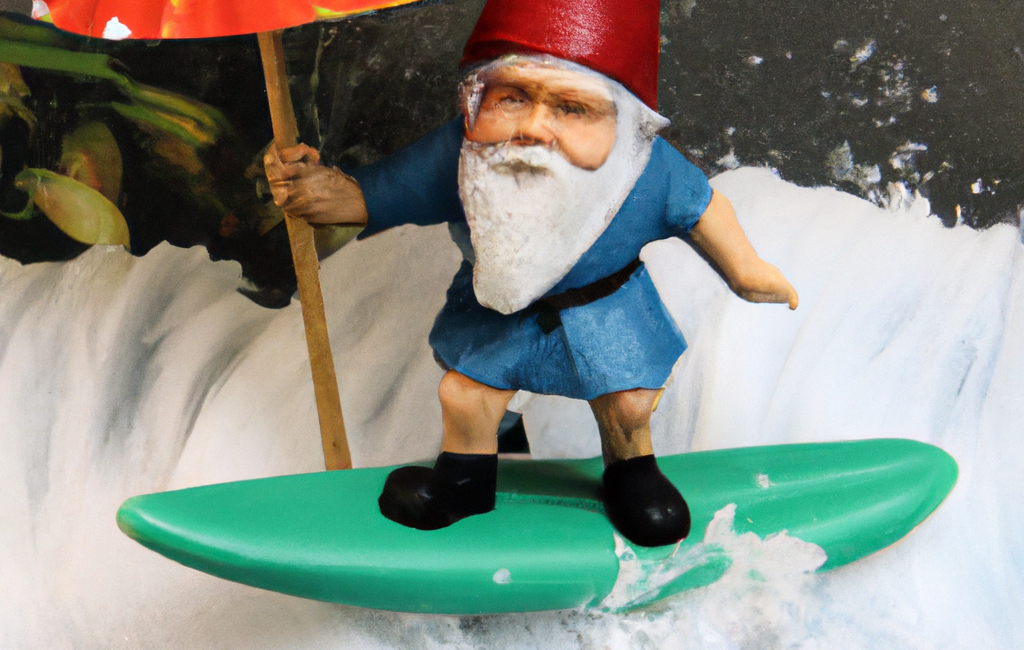Google announced last week that they will stop further development of Google Wave, and essentially shut down the service by the end of the year. Some of the more exciting parts of Wave will be reused in other Google products or – since many parts of Google Wave have been made available under an Open Source license, in products by other companies. But the announcement is an admission that the adoption by users and developers had not been what Google had hoped for with this very ambitious project.
Google Wave was first announced at Google I/O in May 2009, and I had a Google Wave account since July 2009 thanks to being invited to the SciFoo conference (where every attendee got one of those then still rare Wave invites). Like others, I saw the tremendous potential to improve on existing tools for researchers to collaborate. But after 12 months, Google Wave hasn't replaced email as communication tool in at least some of my collaborations. Many people have pointed out the reasons for the lack of user adoption of Google Wave. I want to focus on something else: Google Wave tried to solve a problem that is very relevant to scientists, and we still don't have a solution for that problem.
Email has become the primary tool for many scientists to collaborate with colleagues both within the same institution, and between different institutions. Despite this popularity, email and the typical workflow around it has several significant shortcomings:
Email is not good in tracking longer conversations between more than two people. Even though email messages can be grouped together, it quickly becomes difficult to follow the discussion. And it is even more complicated for those joining the discussion later.
Email is not good in sharing documents. Sending large documents repeatedly back and forth is not only a waste of network bandwidth and limited email storage capacities, but is also not a very productive way to collaboratively work on a longer document, as it quickly becomes difficult to merge the different document versions together.
Word processors are not good tools to write scientific documents. Traditional word processors such as Microsoft Word or LaTeX care too much about document formatting, and still approach a document primarily as something an individual user edits on a single computer.
Maybe user uptake for Google Wave was low because the approach to tackle these problems was too radical. Many other, less radical tools try to solve the same problems, including mailing lists, wikis, social bookmarking sites such as CiteULike, collaborative writing tools such as Google Docs, and project management tools such as Basecamp.
Where do we go from here? Because most of the technology behind Google Wave has been made available, we could continue to use and develop Google Wave and Wave extensions for scientists. But that is a very risky strategy that not many people would follow. We can also wait for new tools that help scientists collaborate, and there interesting products announced every few months. For the time being I will continue trying to convince my colleagues to use some of the existing tools instead of email where appropriate, something that is surprisingly difficult.


